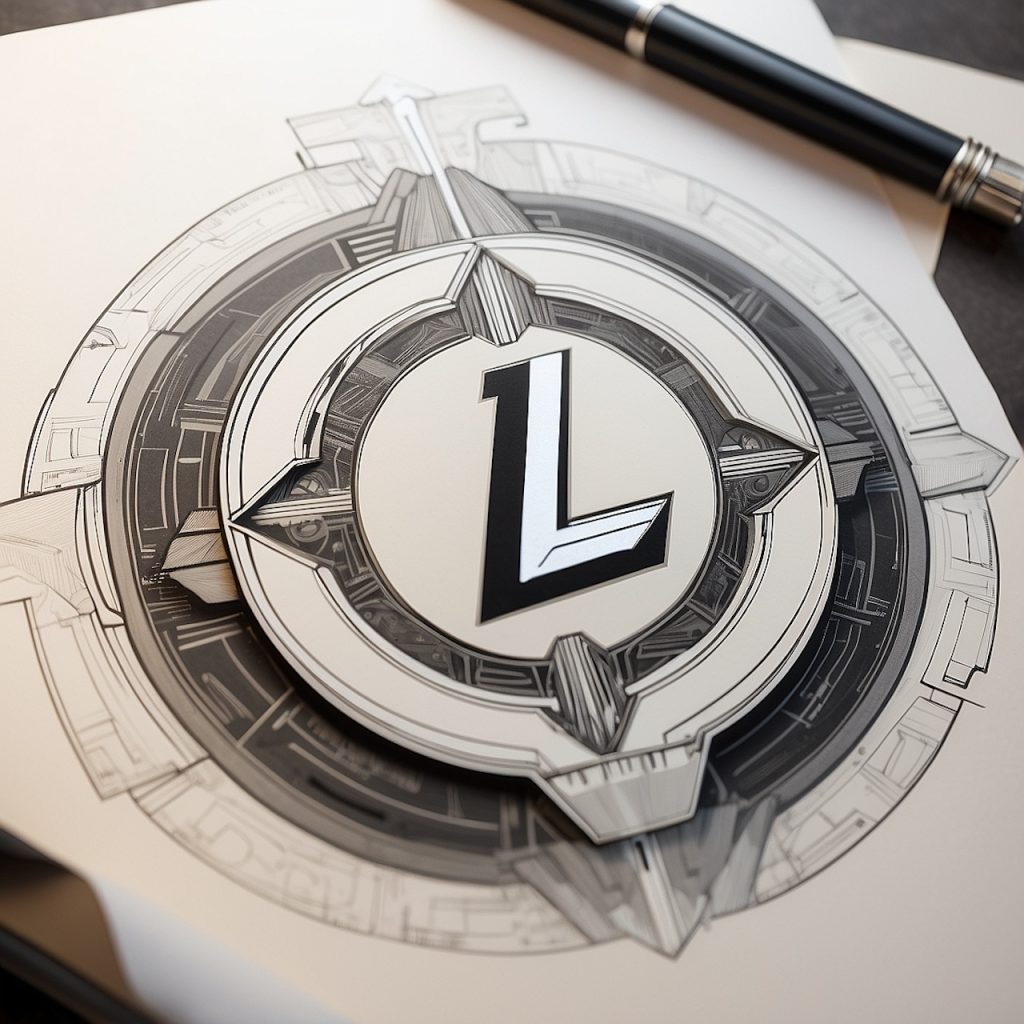
Is Litecoin the “People’s Cryptocurrency”? Let’s Discuss
Cryptocurrencies have taken the world by storm, and among the plethora of digital assets available, Litecoin has garnered significant attention as a potential “people’s cryptocurrency.” Introduced in 2011 by Charlie Lee, a former Google engineer, Litecoin was created as a fork of the Bitcoin protocol with the aim of addressing some of Bitcoin’s perceived limitations. But is Litecoin truly the cryptocurrency for the masses, or is it just another alternative in a crowded market? In this blog post, we’ll delve into the intricacies of Litecoin, examine its unique features, and explore whether it lives up to the moniker of being the “people’s cryptocurrency.”
What is Litecoin?
Litecoin is a decentralized, open-source cryptocurrency that operates on a peer-to-peer network, similar to Bitcoin. However, it differs from Bitcoin in several key aspects, including its hashing algorithm, block generation time, and total supply. Litecoin was designed to be a lighter and faster alternative to Bitcoin, with the goal of facilitating faster and more affordable transactions.
One of Litecoin’s distinguishing features is its use of the Scrypt hashing algorithm, which is designed to be more memory-intensive than Bitcoin’s SHA-256 algorithm. This characteristic makes Litecoin mining more accessible to individuals with consumer-grade hardware, such as graphics processing units (GPUs), rather than being dominated by specialized mining rigs or large-scale mining operations.
The “People’s Cryptocurrency” Claim
Litecoin’s proponents often refer to it as the “people’s cryptocurrency,” a moniker that stems from its purported accessibility and inclusivity. The argument is that Litecoin’s mining algorithm and faster transaction times make it more suitable for everyday use by the general public, rather than being primarily utilized by investors, traders, and large institutions.
One of the key advantages touted by Litecoin supporters is its faster transaction times. With a block generation time of approximately 2.5 minutes, compared to Bitcoin’s 10 minutes, Litecoin transactions are confirmed more quickly, potentially making it more practical for small-scale payments and purchases.
Additionally, Litecoin’s lower fees, compared to Bitcoin’s often-higher transaction fees, are seen as a boon for those seeking a more cost-effective means of transferring value. This characteristic could make Litecoin more appealing to individuals and businesses seeking to conduct micro-transactions or engage in cross-border remittances.
Litecoin’s Adoption and Use Cases
Despite its positioning as the “people’s cryptocurrency,” Litecoin’s adoption and real-world use cases have been somewhat limited compared to other major cryptocurrencies. While it has gained traction among certain online merchants and businesses, its overall adoption remains relatively niche.
One area where Litecoin has seen substantial adoption is in the realm of cryptocurrency trading. Many cryptocurrency exchanges offer Litecoin trading pairs, and it is often used as an intermediary currency for traders looking to diversify their portfolios or engage in arbitrage opportunities across different exchanges.
Furthermore, Litecoin has gained popularity as a testing ground for new technologies and features before they are implemented on the Bitcoin network. Due to its similarities with Bitcoin, Litecoin’s blockchain serves as a valuable testbed for developers and researchers exploring potential upgrades or enhancements to the Bitcoin protocol.
Challenges and Criticisms
While Litecoin’s proponents tout its accessibility and affordability, critics argue that these advantages are not unique to Litecoin and can be found in other cryptocurrencies as well. Furthermore, some argue that Litecoin’s relatively low adoption and lack of significant real-world use cases undermine its claim as a “people’s cryptocurrency.”
Another criticism leveled against Litecoin is its perceived lack of innovation and originality. As a fork of the Bitcoin protocol, some argue that Litecoin offers little in terms of groundbreaking technological advancements or unique value propositions beyond its faster transaction times and lower fees.
Additionally, concerns have been raised about the centralization of Litecoin’s development and decision-making processes. As the creator and former lead developer of Litecoin, Charlie Lee’s influence and involvement have been significant, which some argue contradicts the decentralized ethos of cryptocurrencies.
The Future of Litecoin
As the cryptocurrency landscape continues to evolve, Litecoin’s future remains uncertain. While it has maintained a dedicated community and holds a respectable position among the top cryptocurrencies by market capitalization, its long-term viability and potential to become a truly mainstream “people’s cryptocurrency” are still up for debate.
One factor that could shape Litecoin’s future is the adoption of new technologies and upgrades. The Litecoin community has been exploring the implementation of various enhancements, such as privacy features like MimbleWimble and Confidential Transactions, as well as the adoption of the Lightning Network for faster and more scalable payments.
Additionally, the broader adoption of cryptocurrencies by mainstream businesses, merchants, and financial institutions could play a significant role in determining Litecoin’s success. If Litecoin can position itself as a viable and practical alternative for everyday transactions, it may gain traction as a truly “people’s cryptocurrency.”
Conclusion
In conclusion, the debate surrounding Litecoin’s positioning as the “people’s cryptocurrency” is multifaceted and ongoing. While it offers advantages such as faster transaction times, lower fees, and a more accessible mining algorithm, its adoption and real-world use cases have yet to reach mainstream levels.
Ultimately, whether Litecoin succeeds in becoming the cryptocurrency of choice for the masses will depend on a combination of factors, including technological advancements, broader cryptocurrency adoption, and the ability to differentiate itself from competing digital assets. As the cryptocurrency landscape continues to evolve, Litecoin’s journey towards becoming a true “people’s cryptocurrency” remains an intriguing narrative to watch.